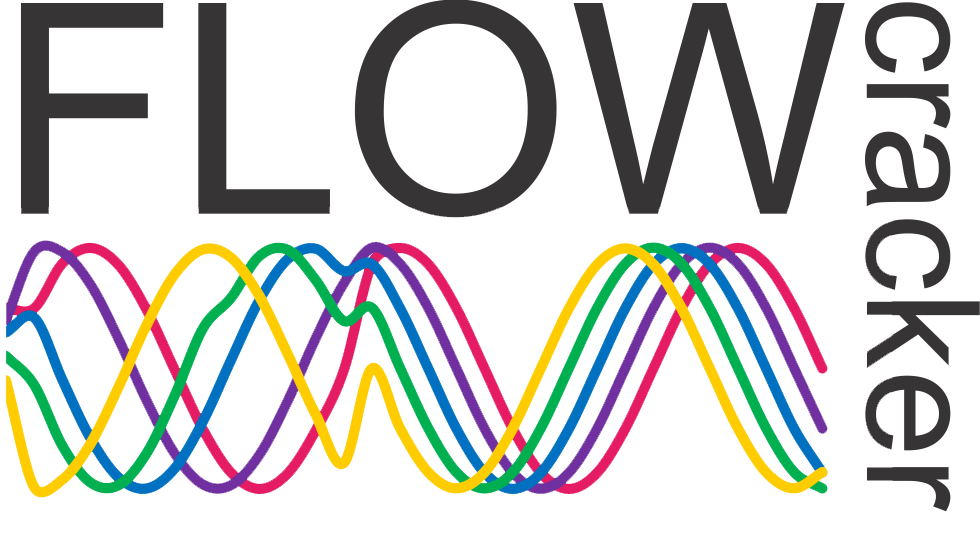

Agile and SAFe transformation in particular, has a reputation problem. It’s often equated with armies of consultants, months of training, and ballooning budgets. But the truth is, it doesn’t have to be that way.
At Flow Cracker, we’ve coached organizations to scale SAFe using only the people they already had — no inflated hiring, no endless dependencies on external coaches.
This blog shares what worked: lean launch patterns, internal capability-building, and a ruthless focus on value. If you’re a transformation leader under budget pressure, read on.
Rethinking the Cost Model of SAFe
SAFe often gets painted with a broad — and expensive — brush. Leaders see slide decks filled with new roles, layers of governance, tools, consultants, and ceremonies. It’s easy to walk away thinking, “We can’t afford this.”
But SAFe isn’t inherently expensive. What drives up cost isn’t the framework — it’s how we choose to implement it. When transformation becomes a hiring exercise rather than a capability-building journey, costs spiral. When every team waits for an external coaches to “start Agile,” momentum stalls.
Ironically, budget constraints can become your greatest asset. They force clarity. They make you ask, “What’s truly essential to create agility?” We’ve worked with enterprises that launched ARTs with one committed RTE, a part-time PM, and a few energized team leads — and still saw traction, visibility, and delivery alignment.
The key was a mindset shift: from transformation as a cost center to transformation as a capability investment. Once that shift happens, the question becomes not “How much will this cost us?” but “How much of this can we do with what we already have?”
Building Internal Capability Before Scaling
You don’t scale agility by multiplying teams — you scale by multiplying capability.
And that starts with who you already have.
Most organizations already have the right people — they just haven’t been positioned to lead transformation. Former project managers can evolve into servant-leader Scrum Masters. Functional heads can step into the Release Train Engineer role with the right guidance. But they don’t need a job change. They need enablement.
When we coach lean transformations, we start by identifying leverage points — individuals or small teams who can model, mentor, and multiply practices across the system. In one engagement, a cross-functional group of five internal leaders — none of them with formal Agile titles — became the most credible Agile CoE we’ve seen. Why? Because they built capability, not compliance.
Start small. Pilot an ART using internally nominated leaders. Don’t impose roles — co-create them. Pair people with coaches, offer structured practice, and let them lead change. When they succeed visibly, they become the signal that scaling is possible.
Minimal Coaching, Maximum Enablement
You can outsource facilitation. You can’t outsource ownership.
Too many Agile transformations rely on coaches to run the show — attending every stand-up, leading every retrospective, guiding every move. But real transformation happens when coaching fades and internal capability rises.
That’s why we treat coaching as a catalyst, not a crutch.
Instead of embedding coaches full-time, we deploy them surgically — to kickstart key ceremonies, model effective practices, and then step back. Whether it’s backlog setup, role onboarding, or the first few PI Plannings, the aim is always to transfer mindset, not create dependency.
Our focus isn’t on running Agile events — it’s on enabling internal leaders to do so. We use a micro-enablement loop: observe → co-facilitate → lead → reflect. This cycle builds both confidence and competence.
In one cost-conscious enterprise, a single external coach supported three ARTs by empowering a distributed group of internal facilitators — not by being everywhere, but by making others capable.
That’s what scales. And that’s what sustains.
From Launch to Sustainability: Rhythm Over Roles
Sustainable agility doesn’t come from naming roles. It comes from creating rhythm.
Too many transformations stop at structural design — assigning RTEs, Scrum Masters, and Product Owners. But roles without shared cadence are hollow. The real magic lies in steady, visible, community-driven rhythms.
We help clients go beyond just events (like PI Planning or Scrum of Scrums) to build ecosystems of learning: regular backlog refinement huddles, cross-team retrospectives, problem-solving workshops, and open forums where ideas flow sideways, not just top-down.
In one enterprise, the transformation wasn’t sustained by governance—it was sustained by a weekly “Enablement Hour” where different teams demoed experiments, shared templates, and reflected together. It wasn’t mandatory, but it became magnetic.
You don’t need hierarchy to create alignment. You need rhythm — the steady beats that foster visibility, trust, and improvement across teams.
That’s how SAFe stops being a rollout and starts becoming a way of working.
Best Practices & Common Pitfalls
What Works (Best Practices)
- Start Small, Scale Intentionally – Pilot with one ART. Use early wins to build pull for scaling.
- Invest in Internal Capability – Don’t assign new roles — build them through coaching and real practice.
- Treat Coaching as a Catalyst – Use external help surgically — for enablement, not execution.
- Build Rhythms Before You Scale Structures – Prioritize shared cadences, syncs, and reflections.
- Create Peer Learning Ecosystems – Support horizontal learning through forums, CoPs, and showcases.
What to Avoid (Common Pitfalls)
- Hiring Without Purpose – Don’t staff roles before capability exists.
- Over-Structuring Early – Avoid getting stuck in charts, tooling, or theoretical blueprints.
- One-Size-Fits-All Rollouts – Every business unit will need local adaptation.
- Coach-Dependent Culture – If only the coach can lead, transformation stalls the day they leave.
- Confusing Tools with Transformation – Jira won’t build trust. Only people, practices, and purpose will.
Conclusion: You Already Have What You Need
If you think you can’t afford transformation, think again.
The most sustainable SAFe launches we’ve coached didn’t start with big budgets or a fully staffed transformation office. They started with intent — and with leaders willing to grow capability from within.
So here’s your invitation: Start with one internal leader. One ART. One rhythm that aligns teams. Enable. Observe. Adapt. Let transformation emerge through practice — not perfection.
Ask yourself: Are you building internal ownership or external dependency? Are you designing rituals or simply assigning roles? Are you waiting for the ideal conditions — or choosing to begin? Because the truth is: You probably already have everything you need.
Now’s the time to use it.
